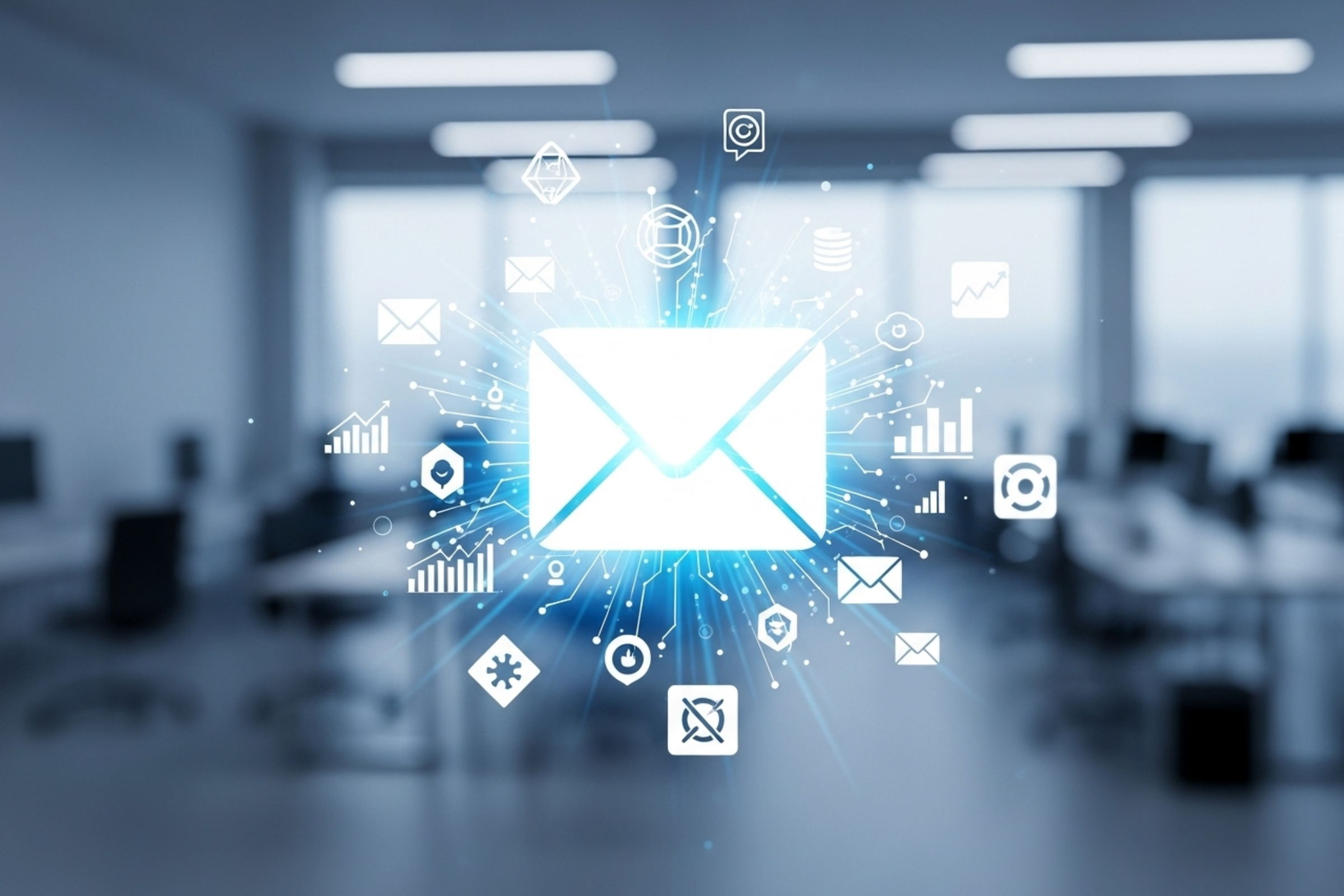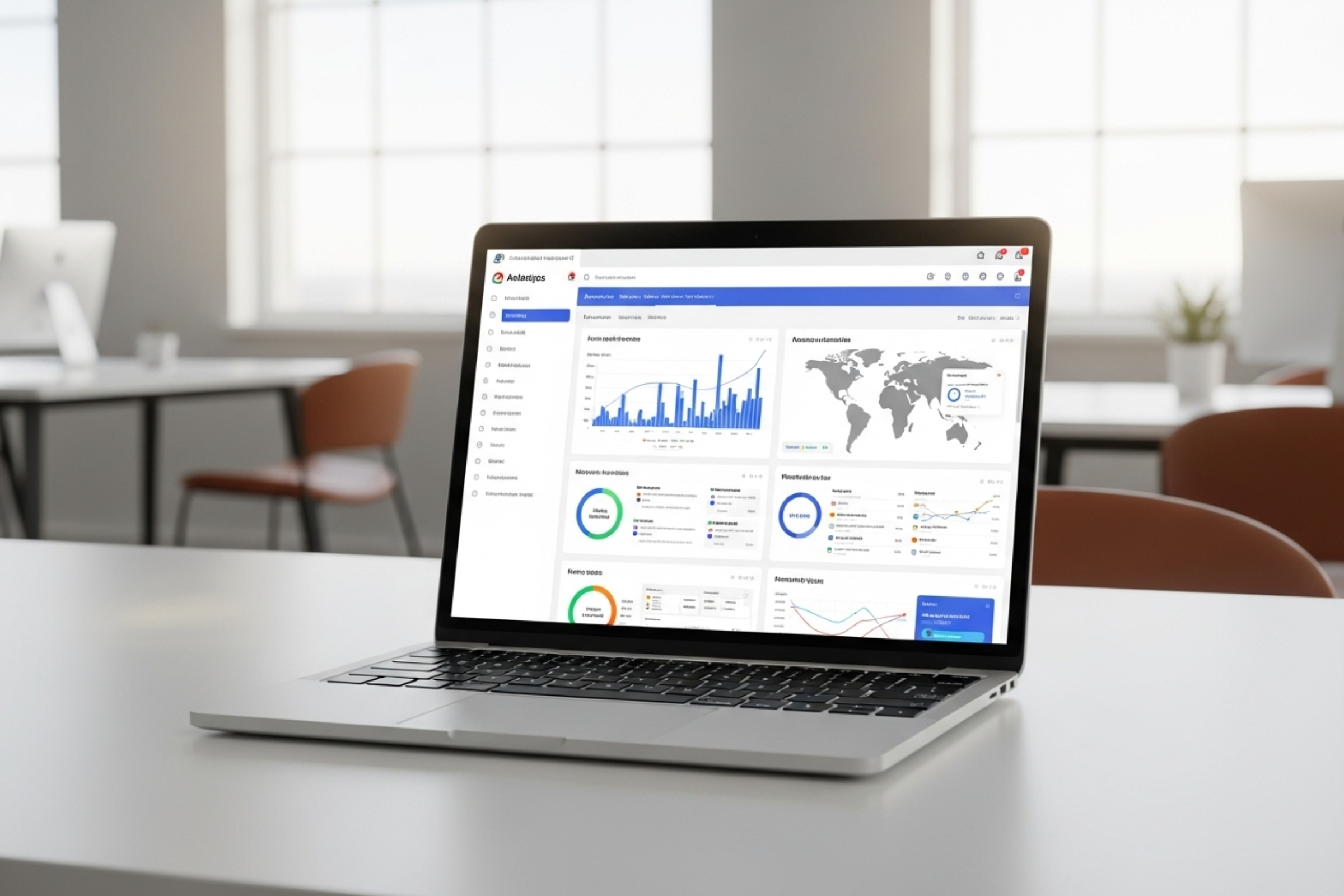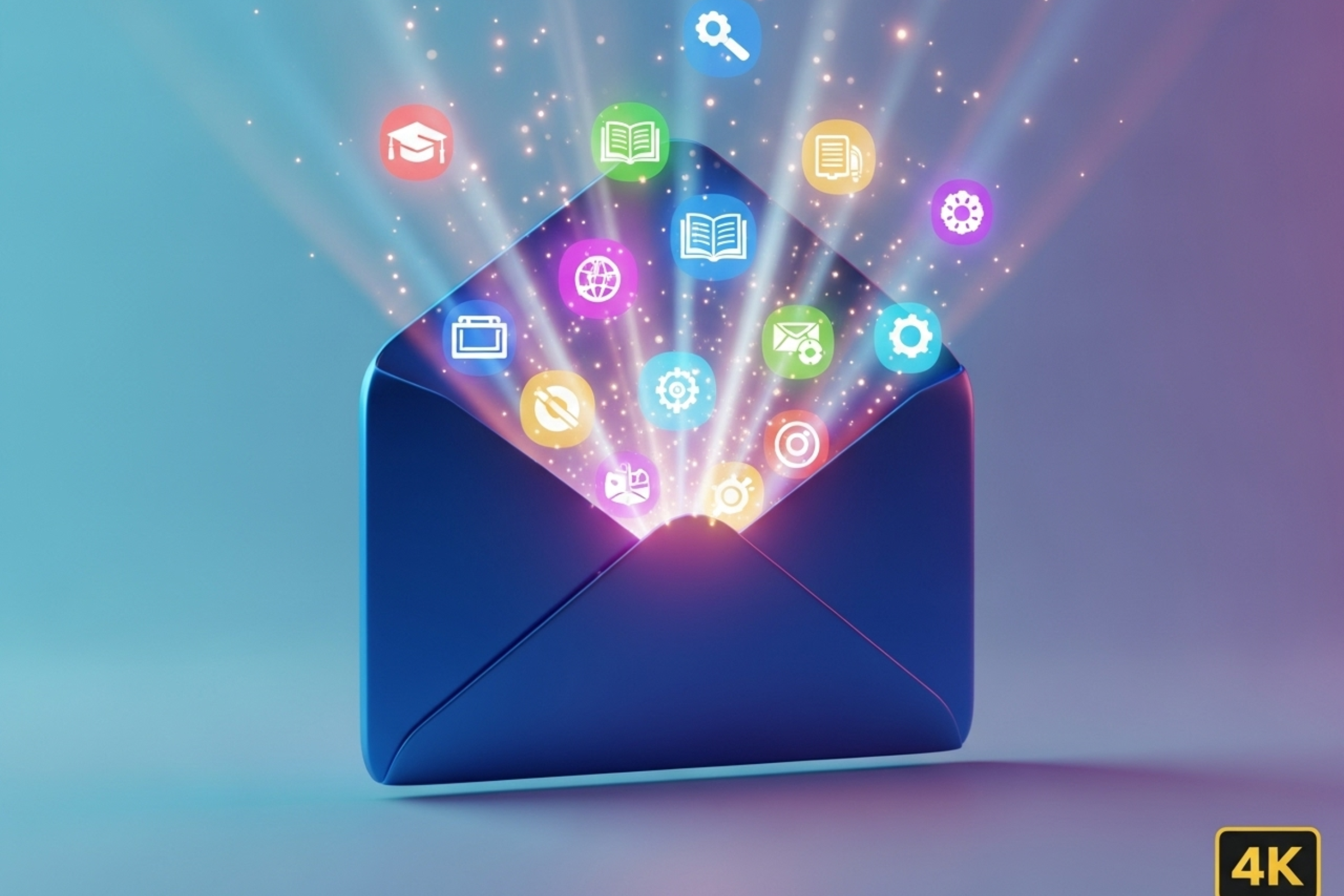Unlocking Email Marketing: Strategies for Higher Opens and Smarter Engagement
Building a robust email list is the cornerstone of successful email marketing, but the real value lies in the quality of your subscribers, not just the size of your list. Prioritizing engaged individuals who genuinely want to hear from you will yield better open rates, conversions, and long-term customer relationships than amassing a large group of disinterested contacts.
To attract high-quality subscribers, focus on organic growth strategies. Offer valuable lead magnets—such as checklists, mini-courses, or exclusive discounts—in exchange for email addresses. These incentives not only entice potential subscribers but also ensure that those joining your list are interested in what you offer. Additionally, position sign-up forms thoughtfully across your website, including in blog posts, at checkout, or as well-timed popups, making it easy for visitors to subscribe at moments of high engagement.
Ethical list building is critical, both for your reputation and compliance with spam laws. Avoid shortcuts like purchasing email lists, which can damage your sender reputation and lead to legal trouble. Instead, grow your list with opt-in subscribers who trust your content and willingly share their contact information.
Early segmentation is another effective practice. By tagging new contacts based on their interests or the source of their signup, you lay the groundwork for more personalized communication down the road. AI tools can further enhance this process by identifying patterns in subscriber engagement, helping you optimize your list-building methods for even better results. Emphasizing both ethical standards and strategic growth will ensure your subscriber list becomes a valuable asset for your business.

Creating Emails That Engage: Content Strategies for Connection and Conversion
- Understand your audience’s needs and challenges for personalized messaging
- Key email elements: compelling subject lines, relevant visuals, clear CTAs
- Storytelling: use anecdotes/customer stories for trust
- Balance promotional and value-driven content; be a resource, not just sales
- Consistency in voice and format; concise, scannable layout
- AI tools for brainstorming, drafting, and refining content
- Real-world example: behind-the-scenes series boosts engagement
Once your subscriber list is in place, the next challenge is crafting emails that not only get opened but also inspire action. The foundation of compelling email content is a deep understanding of your audience—their pain points, preferences, and aspirations. Tailoring your messaging to address these specifics makes your emails more relevant and engaging.
A high-performing email starts with an irresistible subject line. Go beyond generic phrases and spark curiosity with honest, intriguing language that hints at the value inside. Complement your message with relevant visuals—whether it’s product images, infographics, or illustrations—to reinforce your story and break up text for easier reading.
Your call to action (CTA) should stand out and be crystal clear. Whether you want readers to shop a sale, read a blog post, or RSVP to an event, make your CTA simple, enticing, and easy to find. Storytelling is a powerful tool for building trust; share authentic anecdotes or customer success stories that highlight real-world benefits and foster emotional connection.
Balance is key—mix promotional content with valuable insights, tips, or exclusive behind-the-scenes glimpses. This positions your business as a helpful resource, not just another seller. Keep your emails concise and easy to scan by using short paragraphs, bullet points, and clear headings.
Modern AI-powered content tools can streamline your workflow by helping you brainstorm ideas, draft compelling copy, and polish your emails to stay on brand. For example, a local bakery’s “Meet the Baker” email series, featuring behind-the-scenes stories and baking tips, not only increased email engagement but also drew more visitors to their store. When your content connects on a personal level, conversions follow naturally.

Personalization and Timing: Unlocking Higher Open Rates with Smart Tools
- Personalization beyond first names: use interests/past behavior for tailored content
- Subject lines and preview text: make them clear, specific, and intriguing
- Timing matters: send when your audience checks email most
- Segment lists for targeted messaging (new vs. loyal customers)
- AI tools for analyzing engagement, timing, and A/B testing
- Real-world impact: personalization and timing boost open rates
Personalization is much more than dropping a subscriber’s first name into an email. To truly resonate with your audience, customize your content and offers based on their interests, purchase history, and behaviors. For instance, suggest products related to a previous purchase or share content that aligns with a subscriber’s expressed preferences.
Subject lines and preview text are your first opportunity to capture attention. Make them clear, specific, and intriguing enough to encourage a click. Avoid vague promises—be honest about the email’s value while sparking curiosity.
Timing is equally crucial. There’s no universal “best time” to send emails; it varies by audience. Analyze your subscribers’ habits to determine when they’re most likely to check their inbox—morning, lunch break, or evening—and experiment with different send windows to find what works best.
Segmentation enables you to send the right message to the right person at the right time. Differentiate your approach for new subscribers, loyal customers, or inactive contacts. For example, welcome series for newcomers can introduce your brand, while loyal customers might appreciate exclusive offers or sneak peeks.
AI-powered platforms can analyze past engagement data, suggest optimal send times, and facilitate A/B testing to refine your strategy. Adopting these tools can have a significant impact: businesses that adjusted their email timing and personalized their content saw open rates jump by 20%. By leveraging smart personalization and timing, you’ll ensure your emails get noticed and acted upon.

Harnessing AI Marketing Solutions: From Smart Editors to Real-Time Analytics
- AI democratizes advanced marketing for all business sizes
- AI email editors: suggest subject lines, correct grammar, tailor tone, layout, avoid spam triggers
- Behavioral analytics: track opens/clicks, segment effectively
- Automated scheduling: AI finds best send times for each segment
- Real-time analytics: monitor and adjust campaigns instantly
- User-friendly platforms for non-technical users
- Recommended: start with basic features, expand over time
AI marketing tools are transforming the way small businesses approach email campaigns, making sophisticated strategies accessible to everyone, regardless of technical expertise or budget. These platforms offer a range of features designed to streamline content creation, boost engagement, and maximize results.
AI-driven email editors can act as your personal writing assistant. They suggest catchy subject lines, correct grammar and spelling, tailor your tone to fit your brand, and even recommend layouts that drive clicks—all while helping you avoid common spam triggers. This makes it easy to produce polished, effective emails in less time.
Behavioral analytics powered by AI track how subscribers interact with your emails—monitoring opens, clicks, and even the times of day your messages are read. This data allows for smarter segmentation and more precise targeting, so you can send the right message to the right people.
Automated scheduling is another major advantage. AI tools analyze engagement patterns to identify the best times to send emails to each segment of your audience, maximizing visibility and open rates. Real-time analytics dashboards enable you to monitor campaign performance as it happens, making it easy to tweak subject lines, content, or timing on the fly for better results.
Most modern AI platforms are designed to be user-friendly, with intuitive interfaces and guided workflows that suit non-technical users. To get started, focus on one or two features such as subject line testing or smart scheduling. As you become comfortable, you can gradually explore more advanced capabilities, boosting both your efficiency and the effectiveness of your campaigns.

Your Next Steps: Actionable Tips for Effortless Email Campaigns
- Build lists ethically: focus on quality, use lead magnets, avoid buying contacts
- Segment early: tag subscribers for targeted messaging
- Craft compelling, concise emails: use storytelling, visuals, and clear CTAs
- Personalize content and optimize send times using AI insights
- Start small with AI tools (subject lines, scheduling), then expand usage
- Track results and adjust campaigns for continuous improvement
- Emphasize consistent branding and value-driven communication
Ready to take your email marketing to the next level? Here are practical steps you can start implementing today:
- Prioritize Quality Over Quantity: Focus on ethical list-building by attracting subscribers who genuinely want to hear from you. Use lead magnets and strategically placed sign-up forms, and never resort to buying contacts.
- Segment from the Start: Tag new subscribers by their interests or source. This early segmentation will allow you to send more relevant content, increasing engagement and conversions down the line.
- Create Compelling Content: Make your emails engaging with concise language, compelling stories, relevant visuals, and clear calls to action. Balance promotional offers with value-driven insights to position your business as a trusted resource.
- Leverage Personalization and Timing: Use AI insights to tailor your content and optimize send times for each segment. Test different timings and content variations to discover what resonates most with your audience.
- Start Small with AI Tools: Begin by experimenting with features like smart subject line suggestions or automated scheduling. As you gain confidence, expand your use of AI-driven analytics and content optimization.
- Monitor and Adapt: Regularly track your email campaign performance. Use real-time analytics to identify what works and quickly adjust your strategy for continuous improvement.
- Maintain Consistency: Ensure your emails reflect your brand’s voice and deliver consistent value. This builds trust and keeps subscribers looking forward to your next message.
By combining ethical practices, engaging content, smart segmentation, and user-friendly AI tools, you’ll lay the foundation for email campaigns that are not only effective but also effortless to manage. Start applying these strategies today, and watch your engagement—and your business—grow.